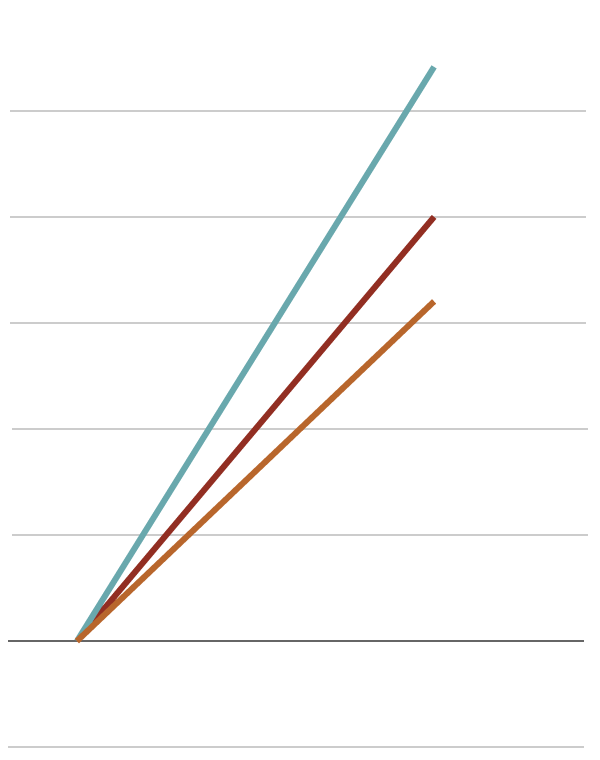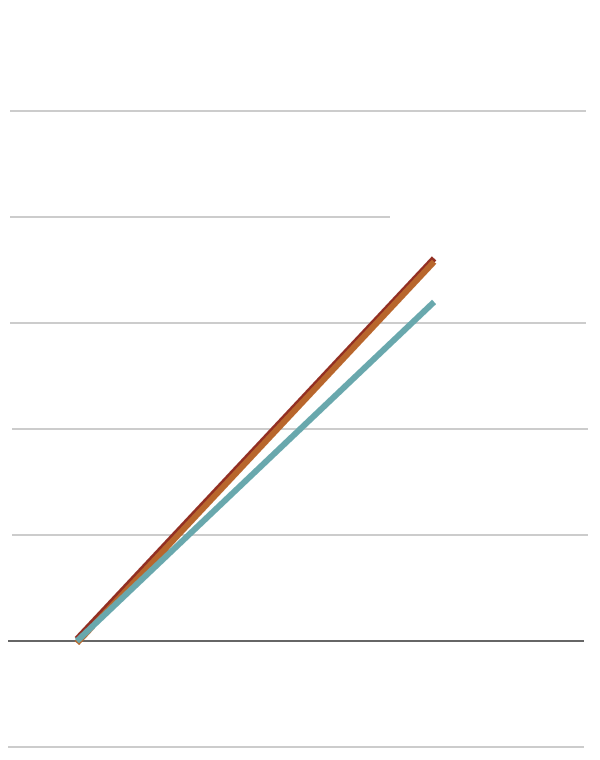
Mike Reddy for the Huffington Post

Mike Reddy for the Huffington Post
The $10 Billion Divide Between Elite Sports Programs And All The Rest
WEDNESDAY, NOV. 25, 2015, 9:50 AM EDT
James Madison University’s football team is on a roll. The Dukes are 9-2 on the season and have advanced to the second round of the Football Championship Subdivision playoffs. The Virginia school even hosted ESPN’s flagship college football broadcast, GameDay, for an earlier contest.
But those wins haven’t come cheap. More than half of the $30 million that James Madison spent on football from 2010 to 2014 came from student fees, according to annual filings with the NCAA. All told, the university poured $146 million in subsidies into its athletics department over that period, spending more than $4 in student money for every $1 it earned from ticket sales, royalties and other outside revenue.
The Huffington Post and The Chronicle of Higher Education have teamed up to tell the story of what the subsidization of college athletics means for universities like James Madison and for the students who are forced to foot the bill, often without their knowledge or real consent. The investigation, which included an analysis of financial records from 201 public universities, reveals a large and growing divide between a handful of colleges with elite sports programs — and those like James Madison that overwhelmingly finance their ambitions with student money.
This is what that divide looks like.
In the past five years, 201 athletic departments earned $26 billion. But they spent $35 billion. As a result, just 21 broke even or recorded a budget surplus. The other 180 used $10 billion in student fees and other support to make up for the shortfall.
Another way to view the divide between rich and poor college sports programs is to compare the 50 universities most reliant on subsidies to the 50 colleges least reliant on that money. The programs that depend heavily on student fees, institutional support and taxpayer dollars have seen a jump in income in the past five years — and also a large increase in subsidy dollars.

Percent change
+25%
+21% Expenses
+20%
+20% Earned Revenue
+15%
+10%
+5%
+0%
-4% Subsidies
-5%

+27% Earned Revenue
Percent change
+25%
+20% Expenses
+20%
+16% Subsidies
+15%
+10%
+5%
+0%
-5%

Percent change
+25%
+20%
+18% Expenses
+18% Subsidies
+15%
+16% Earned Revenue
+10%
+5%
+0%
-5%
Source: 2010-2014 NCAA financial reports
All values adjusted for inflation. Read our methodolgy.
George Mason University, in Virginia, is a typical highly subsidized college. Its men’s basketball team made a deep run in the NCAA tournament a decade ago, but has had mixed success since.
The University of Mississippi is a typical mostly self-sufficient school. Because its athletic department earns so much outside revenue from sources like donations and television and licensing deals pegged to its football team, Ole Miss sports nearly pay for themselves.
In recent years, conference alignments have undergone massive upheaval, with schools scrambling to improve their lot in the athletic universe.
For the other schools, sports are a money-losing proposition. Some universities rely almost completely on student fees and other subsidies to fund their athletic ambitions.
A small handful of the very wealthiest athletic departments harvest so much revenue that it almost doesn’t matter how much they spend. These fortunate few break even, or, like the University of Texas and 11 other schools, even return some of that cash back to their host university.
Universities like the University of Alabama that compete in the so-called power five conferences — the SEC, Big Ten, Big 12, Pac 12 and ACC — regularly play in sold-out stadiums and are broadcast on major television networks. A conference that earns more can distribute bigger paychecks to its members. And the more an athletic department earns, the more it can invest in campus facilities used to attract top players and offer coaches outsized salaries.
This year, the Southeastern Conference distributed a record $31.2 million between all its members including Alabama. A key benefit for students of all these riches: Power schools largely forgo the large subsidies that smaller athletic programs rely on.
Schools that compete in other conferences aren’t as fortunate. They are jostling for position, trying to improve their athletic fortunes. Since 1991, the University of North Carolina at Charlotte has jumped conferences four times: from the Sun Belt Conference to the Metro Conference, then to Conference USA, from Conference USA to the Atlantic 10, then back to Conference USA.
Outside the power five, very few sports programs even approach self-sufficiency.